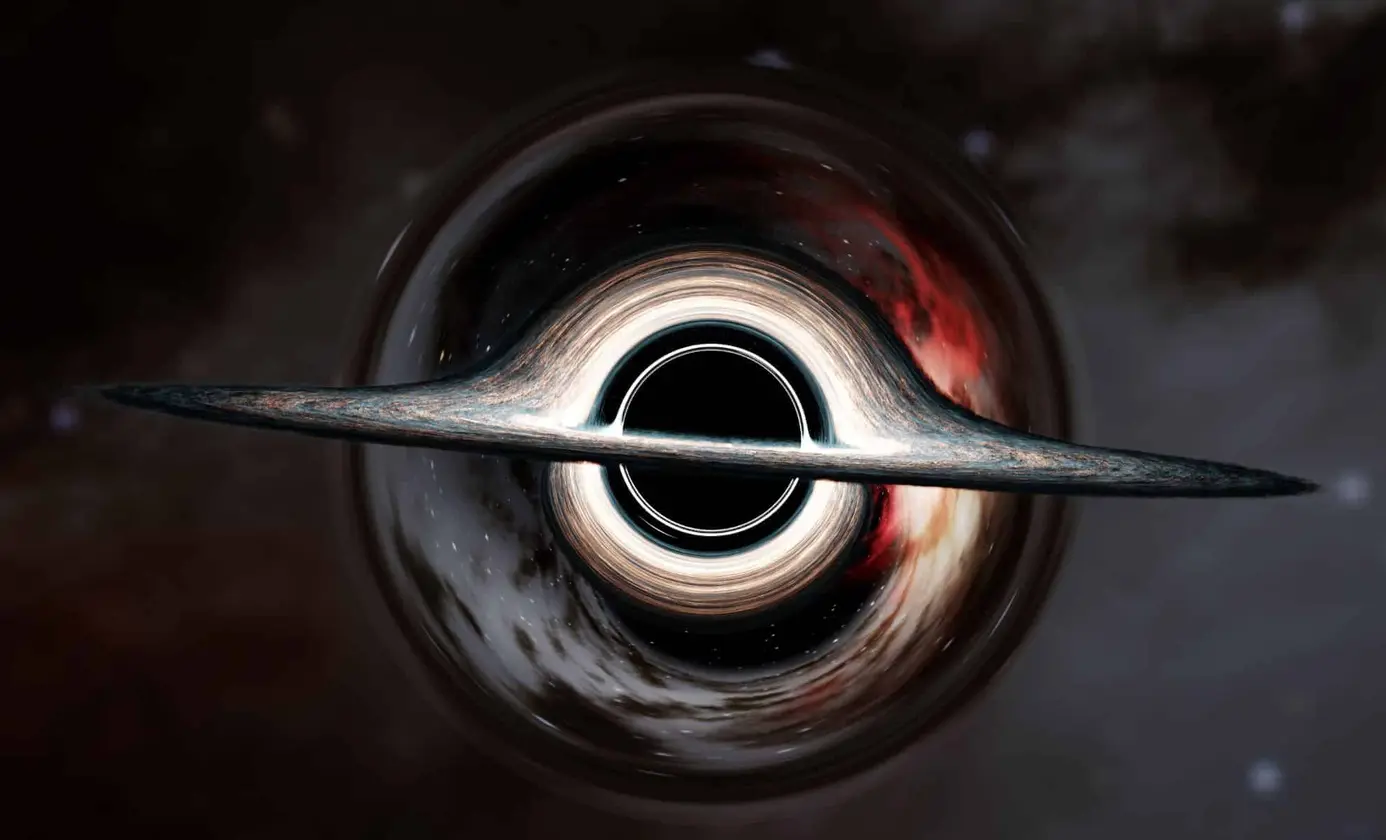T4K3.news
IXPE finds unusual polarization near black hole IGR J17091-3624
Astronomers measure high polarization around a distant black hole, challenging current corona models.
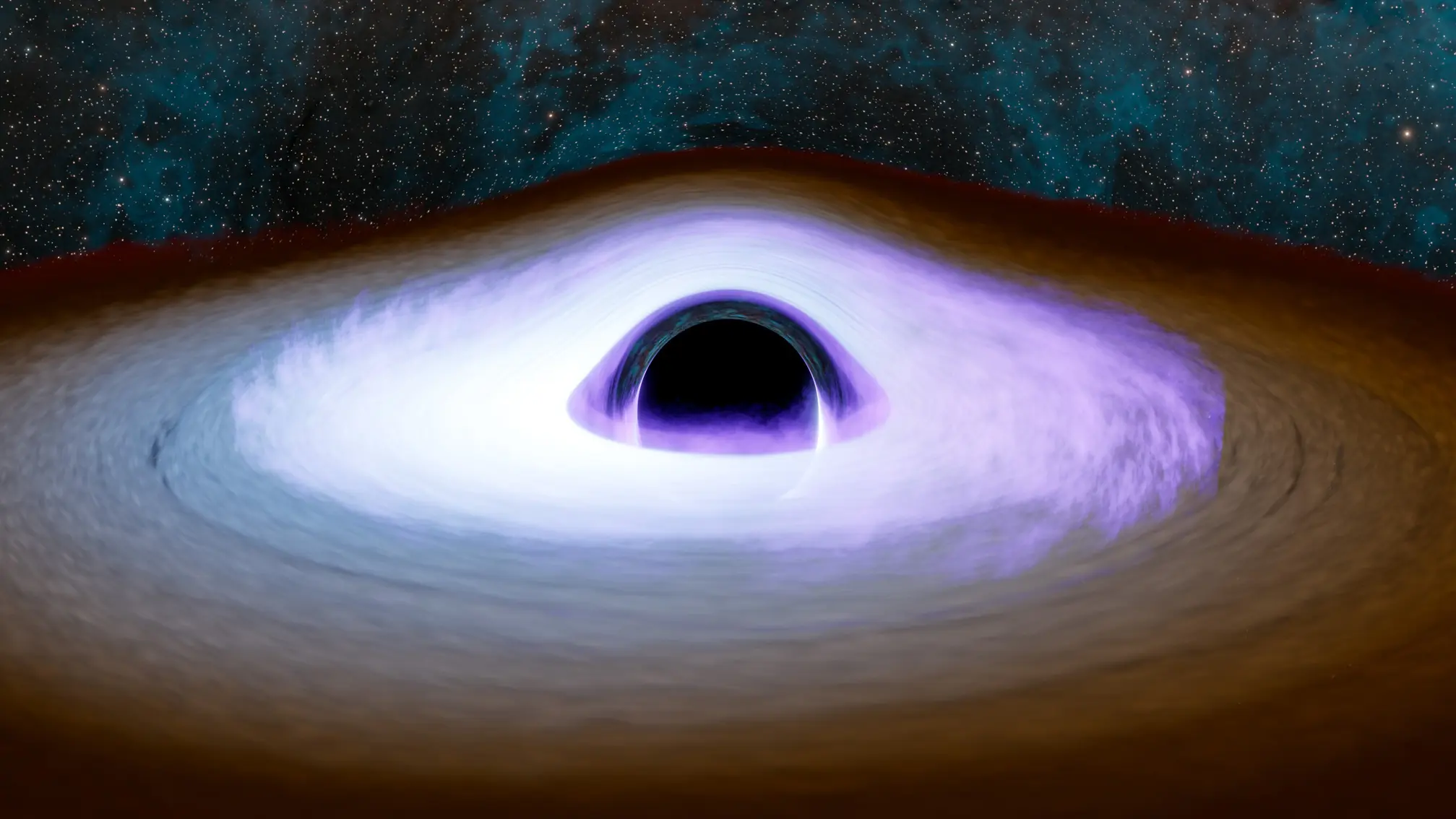
An international team using NASA's IXPE reports a high polarization measurement in the black hole IGR J17091-3624 that challenges current corona models.
IXPE finds unusual polarization near black hole IGR J17091-3624
In April, IXPE measured a polarization degree of 9.1 percent for black hole IGR J17091-3624, far higher than many models predicted. The polarization helps locate the corona, a region of extremely hot, magnetized plasma that surrounds the inner accretion disk. The system lies about 28 000 light years from Earth, making direct imaging impossible and leaving polarization as a key clue to its geometry.
Researchers explored several explanations. One model adds a wind of material lifted from the disk that can scatter X rays on the way to Earth. This Compton scattering could boost polarization. Another idea invokes a very fast outflow in the corona, with speeds up to 20 percent the speed of light, which can enhance polarization through relativistic effects. In both scenarios, the simulations reproduce the observed polarization without requiring an exact edge on orientation of the corona. Further modeling and observations will be needed to test these ideas.
Key Takeaways
"The black hole IGR J17091-3624 is an extraordinary source that dims and brightens with the likeness of a heartbeat, and NASA's IXPE allowed us to measure this unique source in a brand-new way."
Lead author Melissa Ewing describing the source and the measurement
"These winds are one of the most critical missing pieces to understand the growth of all types of black holes."
Maxime Parra explaining a key mechanism
"Typically, a high polarization degree corresponds with a very edge on view of the corona."
Giorgio Matt noting a geometric constraint
The result pushes theorists to rethink a simple, fixed corona. If winds or fast outflows help explain the data, the corona is part of a dynamic inner disk rather than a static feature. That shifts how scientists picture energy release near black holes and how X rays are produced. The finding also shows how new instruments like IXPE can force revision of long held assumptions and remind us that nature will surprise us when we look closely.
Highlights
- The dimming pattern has yet to be explained and could hold keys to understanding this category of black holes
- These winds are one of the most critical missing pieces to understand the growth of all types of black holes
- Typically, a high polarization degree corresponds with a very edge on view of the corona
Science advances when data push theory to adapt not when it stays the same.
Enjoyed this? Let your friends know!
Related News

Eye of Sauron image maps a powerful blazar jet
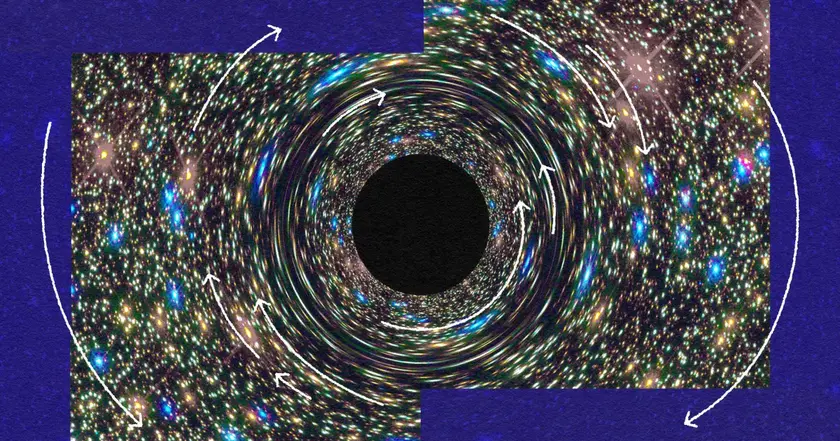
Cosmic Horseshoe Reveals Heaviest Black Hole Yet
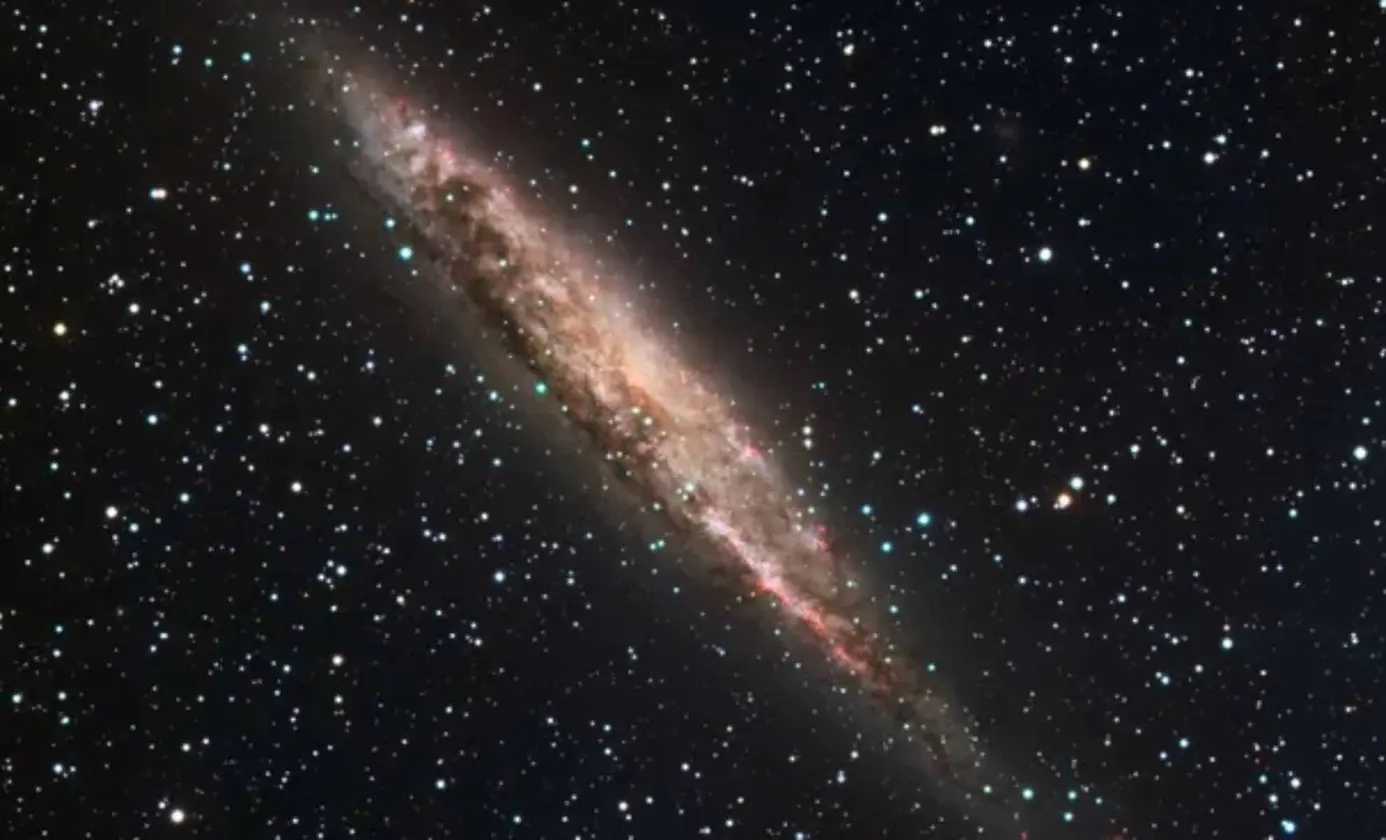
Bright Cosmic Object Defies Known Categories
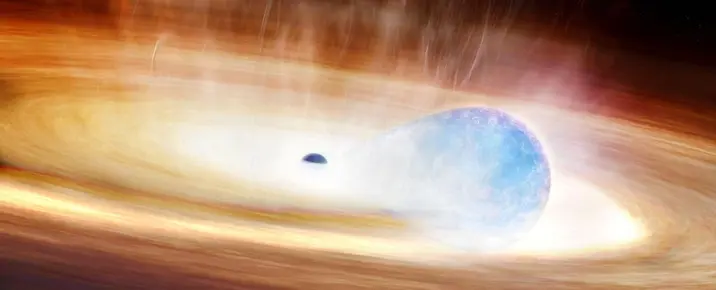
Star swallowing black hole may trigger new supernova
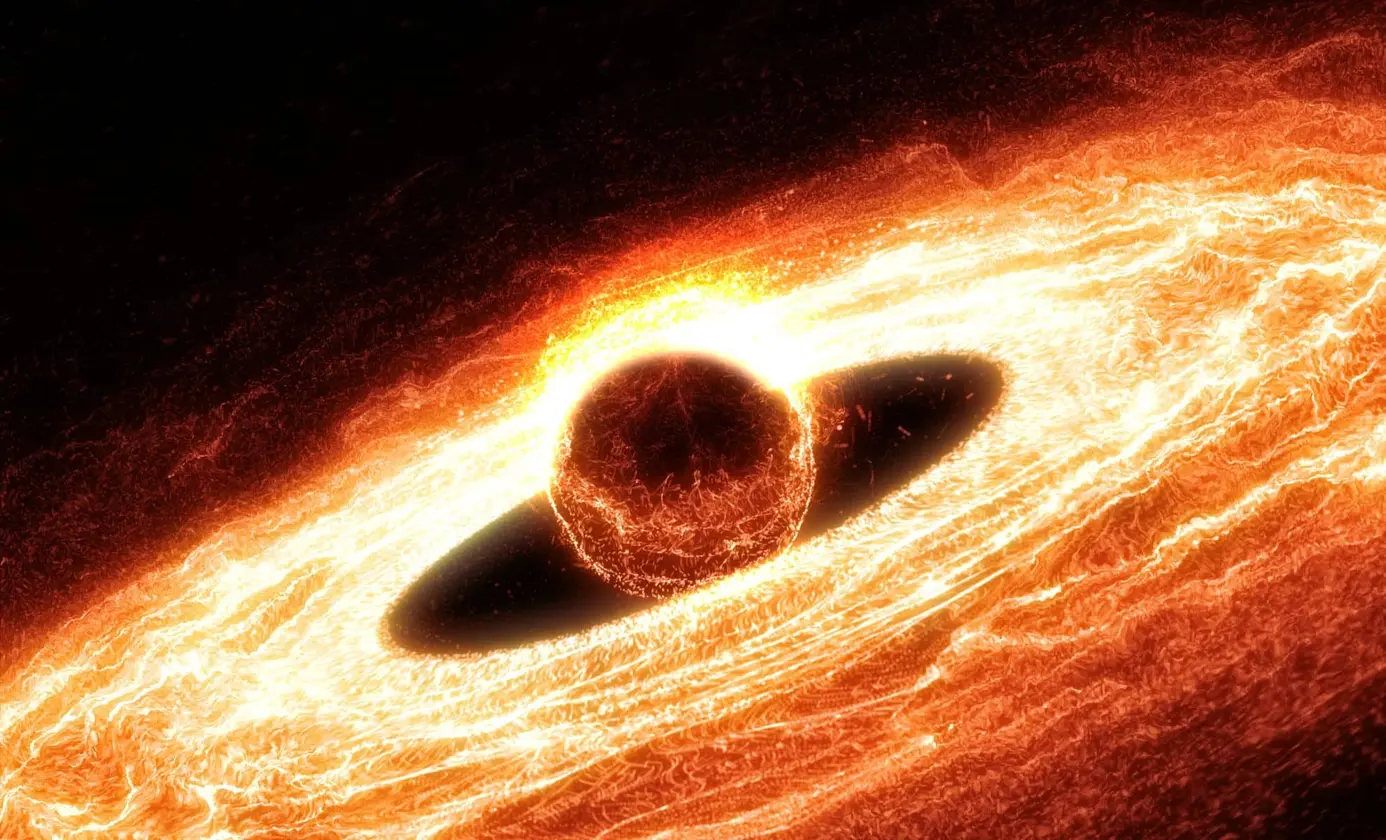
Astronomers observe second flare from same black hole
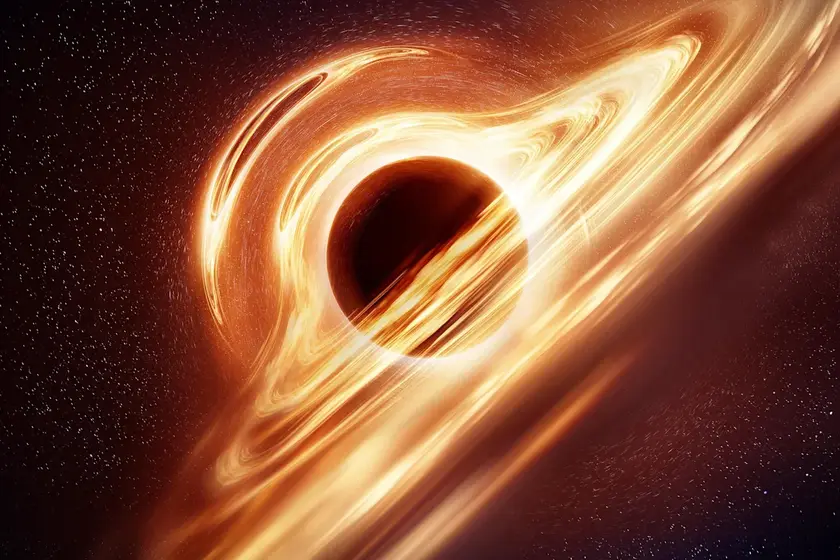
James Webb Telescope may have found early cosmic light sources

Ultramassive Black Hole Discovered
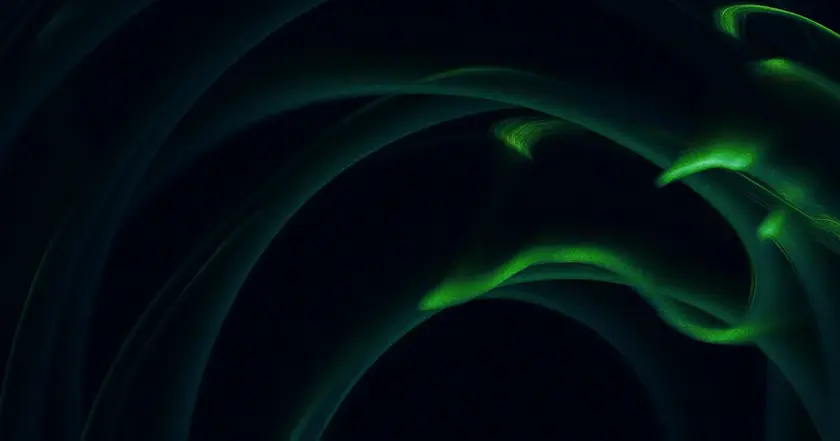
Giant black hole bends light into Einstein ring
